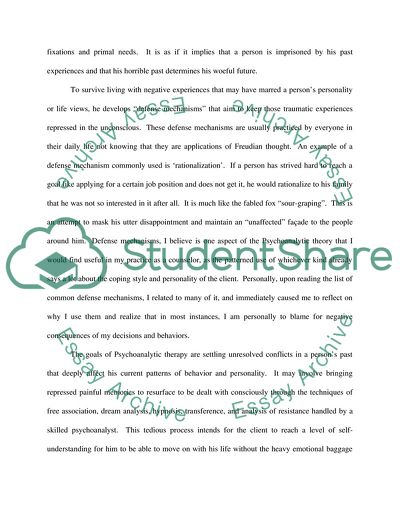Cite this document
(Theory Critique - Psychoanalytic and Adlerian Case Study, n.d.)
Theory Critique - Psychoanalytic and Adlerian Case Study. https://studentshare.org/psychology/1705905-theory-critique-psychoanalytic-and-adlerian
Theory Critique - Psychoanalytic and Adlerian Case Study. https://studentshare.org/psychology/1705905-theory-critique-psychoanalytic-and-adlerian
(Theory Critique - Psychoanalytic and Adlerian Case Study)
Theory Critique - Psychoanalytic and Adlerian Case Study. https://studentshare.org/psychology/1705905-theory-critique-psychoanalytic-and-adlerian.
Theory Critique - Psychoanalytic and Adlerian Case Study. https://studentshare.org/psychology/1705905-theory-critique-psychoanalytic-and-adlerian.
“Theory Critique - Psychoanalytic and Adlerian Case Study”. https://studentshare.org/psychology/1705905-theory-critique-psychoanalytic-and-adlerian.


